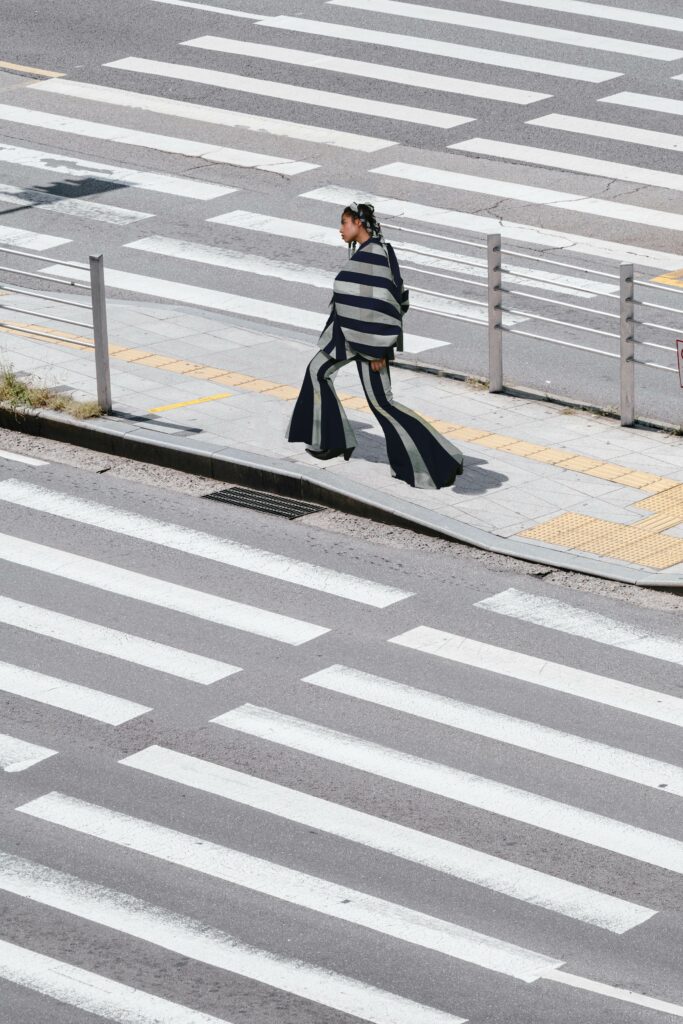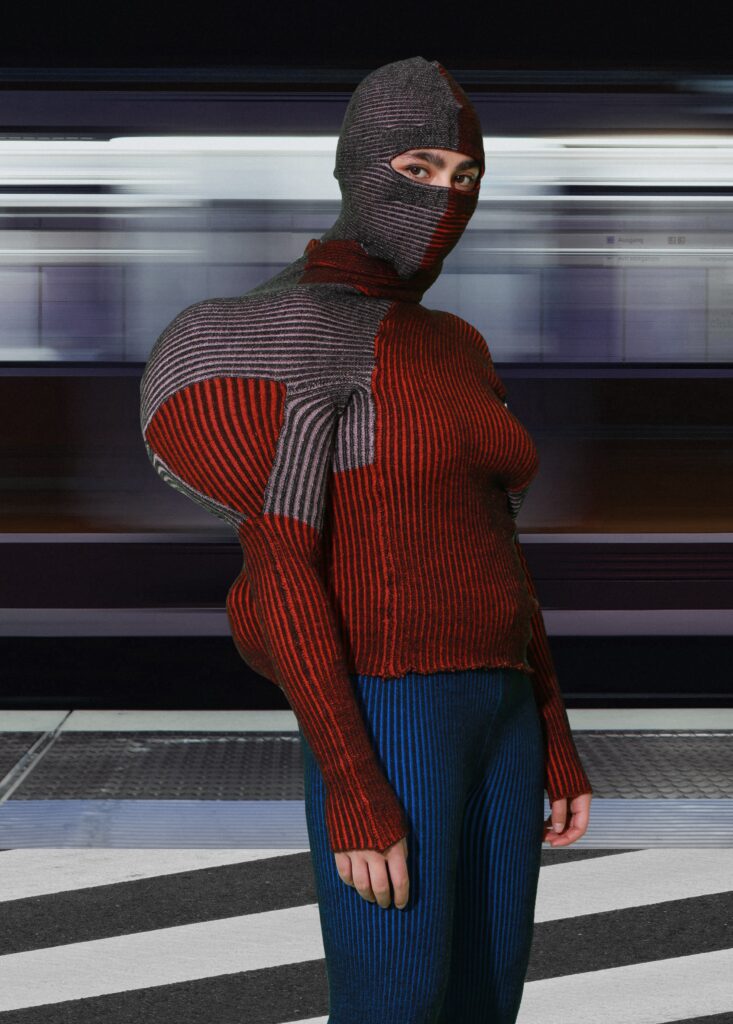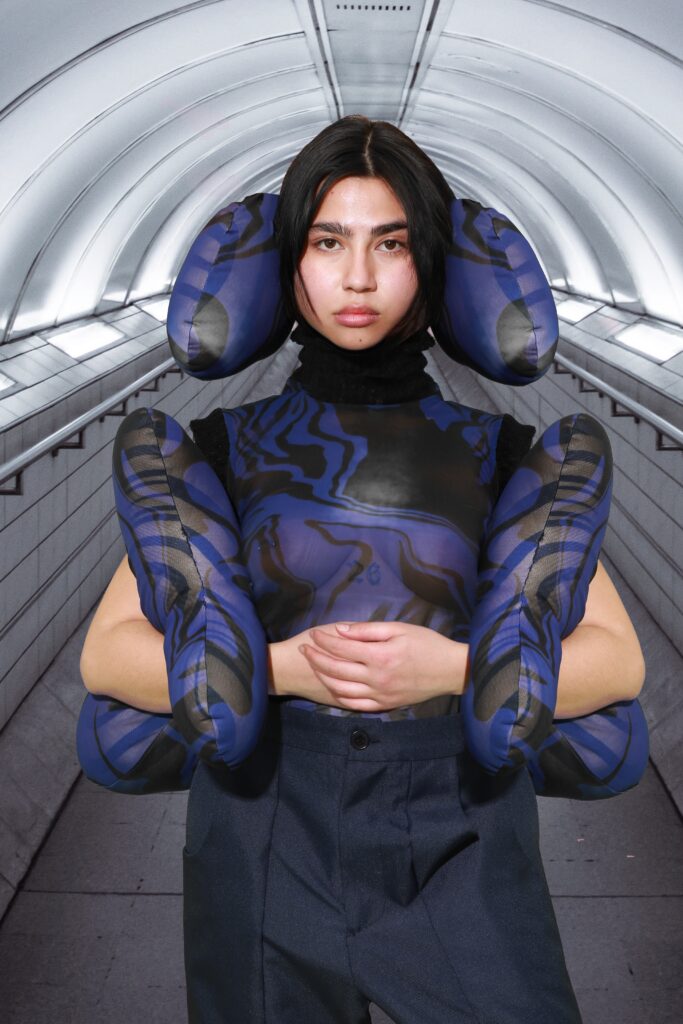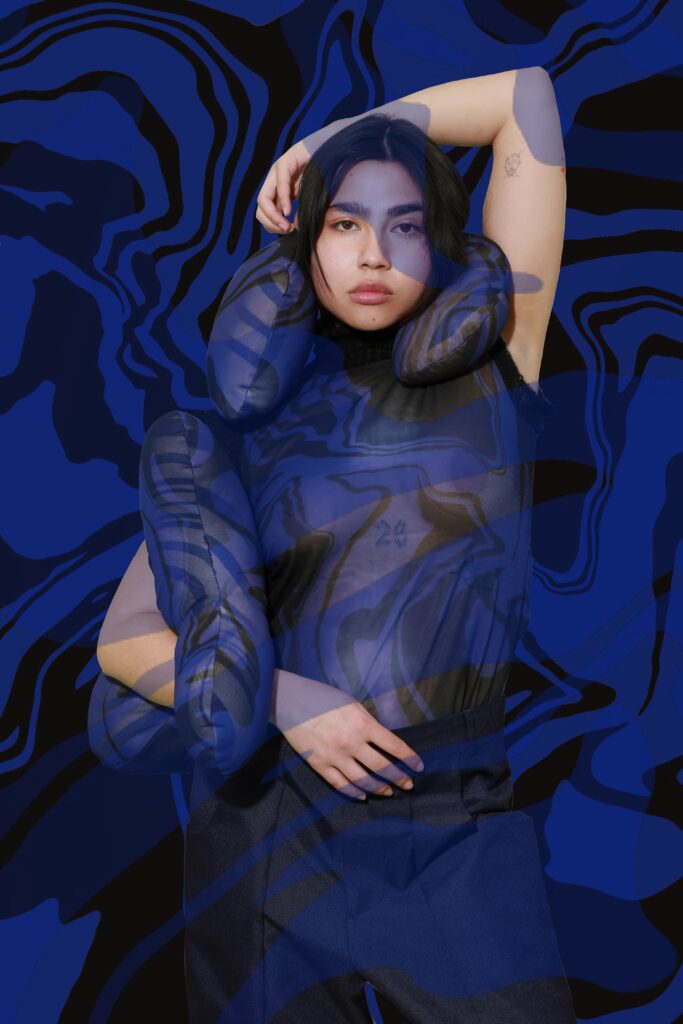DISTORTED VISIONS, WS 20/21
SCENARIO
Dear Grandma Luise,
You are probably surprised to receive a letter from me. Probably in the meantime you have often tried
you often tried to contact me via the messenger, but I don't use it anymore. To be honest, it has become too dangerous for me. My profiles can't be deactivated anymore, I get abstruse messages on my screen, the 'bold action' platform is suddenly blocked, our work must have attracted attention, we are constantly monitored ...
The other day you asked me if I'm not afraid that something could happen to me, and yes I am afraid and at the same time so angry inside. I have to fight not to be paralyzed by this fear that has been with me all my life. I don't know if you can imagine how this feeling is, the world that surrounds us seems peaceful and free, but at the same time you are taught to be afraid and to be careful. It makes you almost schizophrenic because you live in two worlds, being under permanent control from the outside but also under permanent self-control.
Even in the past, when I sat at the breakfast table with Mom and Dad, I had this feeling that all actions were programmed, careful not to leave anything to chance, not to do anything wrong, even though we were just among ourselves. I don't know if there is a word for this feeling, powerlessness perhaps? Paranoia ... No matter what you call it, my whole generation suffers from it. In school we were taught that being watched was a good thing, we were told that the cameras paving our streets would protect us, what they were protecting us from ... I was never told. Now I know their definition of protection is control ....
Well, I have to stop now before there's another mini-drone buzzing around here in a minute, I hope you're at least okay,
XOXO, your v
CONCEPT
How can textiles protect against digital detection? Digital surveillance, which we have long known from the Internet, has long since spread to public spaces. More and more urgently, we have to face the question of how we can disguise ourselves so as not to be constantly observed by the omnipresent surveillance cameras. It is time to adapt our strategies. How do we outsmart the algorithms so that they can no longer identify us so easily via facial recognition or body measurement?
Machine recognition of humans is based on the recognition of proportions. In face recognition, for example, light and dark areas are separated from one another, making it easier to identify the individual proportions of a face in each case. In body recognition, it is primarily features such as height, silhouette, proportions and typical individual movement patterns that are analyzed. However, these can also be used to deliberately cause confusion, so that the stored and the actually conveyed body information no longer correspond.
An essential, if not the decisive component of such a strategy is clothing. Through it, various camouflage methods can be employed. For example, patterns that alienate the body's movement and contours; padding that alters its stature; pleats that create contrasting movement patterns and simulate volume changes. The interplay of such elements in particular, where unorthodox color and pattern combinations meet ambiguous shapes, also has a disorienting effect on artificial intelligences. The clothing on our bodies becomes a protective shell between the individual and the outside world in a completely different sense than before. As a result of these requirements that items of clothing have to fulfill, their own aesthetics are developing in parallel, turning the entire appearance of our public upside down.







